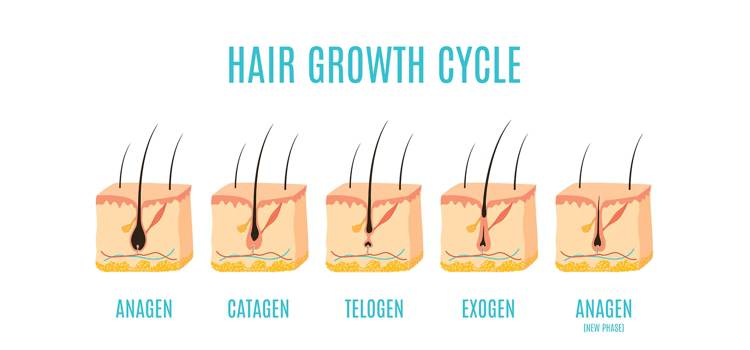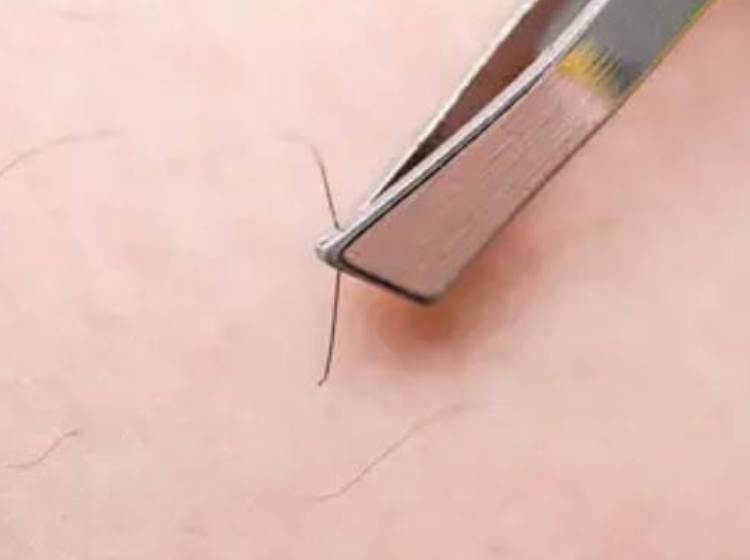
Similar to the process of waxing, plucking unwanted hair involves removing hair from the roots. Just as waxing can inhibit hair growth by causing trauma to the hair follicles, many believe that if done correctly, plucking can also contribute to slowing down hair regrowth.
Do you share this belief? Would you like to discover the proper techniques for plucking hair to minimize its regrowth? If so, let’s delve into how frequently and effectively one should pluck hair to achieve the best results.
Furthermore, we will investigate whether this notion holds any truth or if it is merely a myth.
Table of Contents:
Part 1: How Does Plucking Hair Work?

As the term suggests, plucking entails the act of extracting hair from its roots. Similar to waxing and threading, plucking involves removing individual hair strands, often with the aid of tweezers.
By extracting hair from the roots, it is important to understand the implications of the hair growth cycle on how long the results will last.
Part 2: Pros and Cons of Plucking Hair
If you are contemplating the option of plucking unwanted hair, it’s essential first to consider both the advantages and disadvantages associated with this method.
Pros of Plucking
The benefitsplucking
Cons of Plucking
However, there are several reasons why plucking may not be the most effective hair removal technique.
Part 3: Step-by-Step Guide to Plucking Hair at Home

Below is a comprehensive step-by-step guide for effectively plucking unwanted hair in the comfort of your own home.
Step 1: Preparation of Tools
Plucking is a straightforward procedure that relies more on skill than on specific tools. Thus, all you will need is:
A pair of tweezers, whether brand new or previously used. Regardless of the choice, ensure they are sanitized with rubbing alcohol or another disinfectant before use.
Step 2: Preparation of the Skin
It is crucial not to pluck hair from skin that has moles, active acne, or a compromised barrier. Therefore, always confirm that your skin is in good condition before proceeding.
Step 3: Plucking Unwanted Hair
Here’s how to effectively pluck unwanted hair:
Step 4: Pampering the Skin
Once you have removed all visible hair from the targeted area, make sure to engage in post-care practices. Additionally,
Properly maintaining your tweezers can extend their lifespan. This can be accomplished by cleaning them with soap and water and storing them in a dry location.
Part 4: How to Pluck Hair So It Won’t Grow Back After?
If your aim is to temporarily inhibit unwanted hair growth for about a month or two, the techniques outlined above can yield satisfactory results.
However, if you aspire to eliminate unwanted hair for several months or even years through plucking, this method will prove ineffective. While plucking removes hair from the follicles, it doesn’t alter the follicles' ability to produce new hair.
Although you may notice slower hair growth or finer hair, the fact remains that hair will continue to grow. Consequently, you will need to explore alternative hair removal methods to achieve permanent results.
Part 5: Alternative Methods of Hair Removal That Can Stop Hair Growth
Though no hair removal technique can completely halt regrowth, there are methods designed to place hair follicles into a dormant state for extended periods—ranging from several months to years.
Some of these methods include:
IPL Hair Removal
The Ulike Air 10 IPL Laser Hair Removal Handset offers an at-home solution for achieving long-lasting hair removal. This innovative device utilizes laser-like technology to effectively destroy hair follicles.
Results can be observed within two weeks, providing up to six months of hair-free skin. Additionally, it tends to be less painful than plucking due to its air-cooling technology.
You only need 10 to 15 minutes to perform a full-body




































